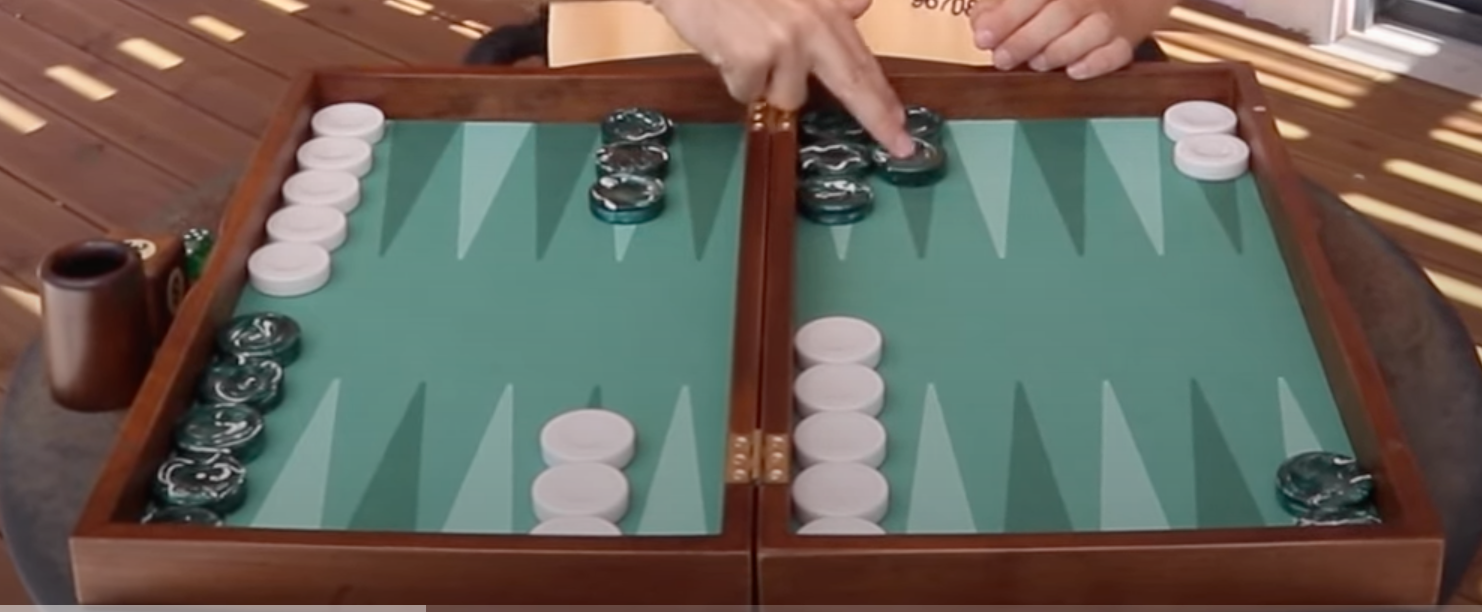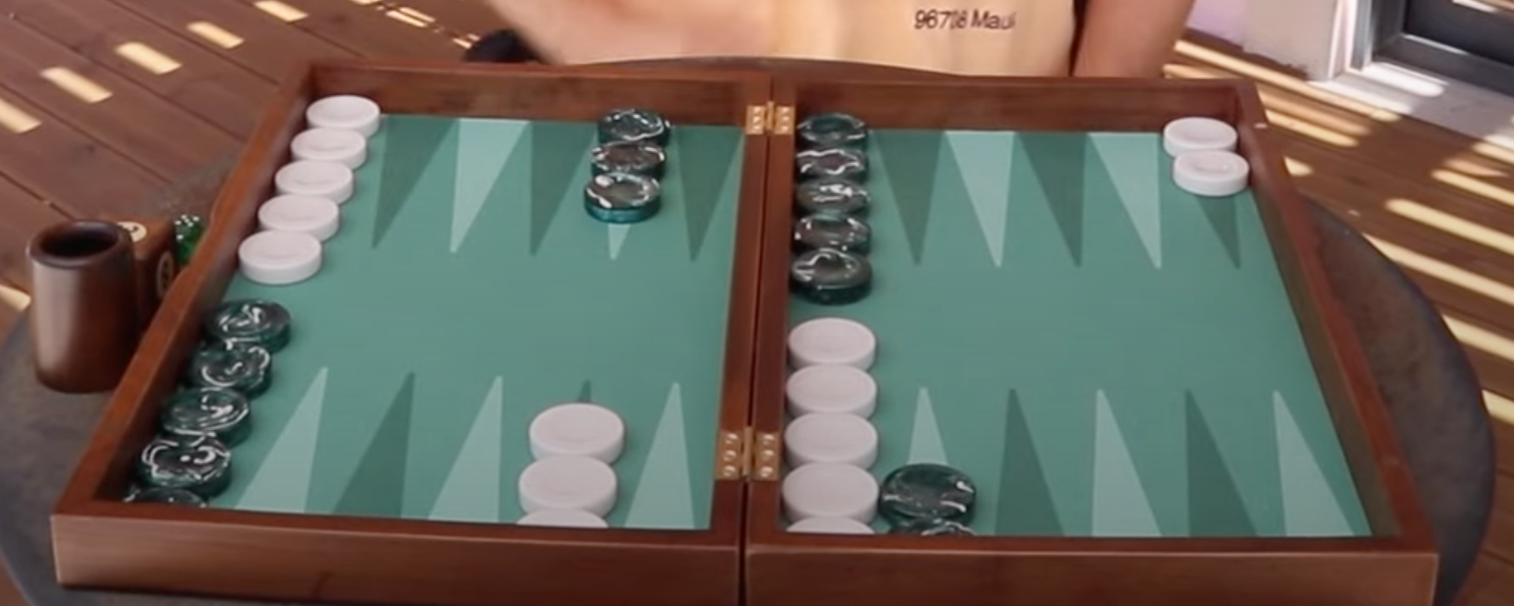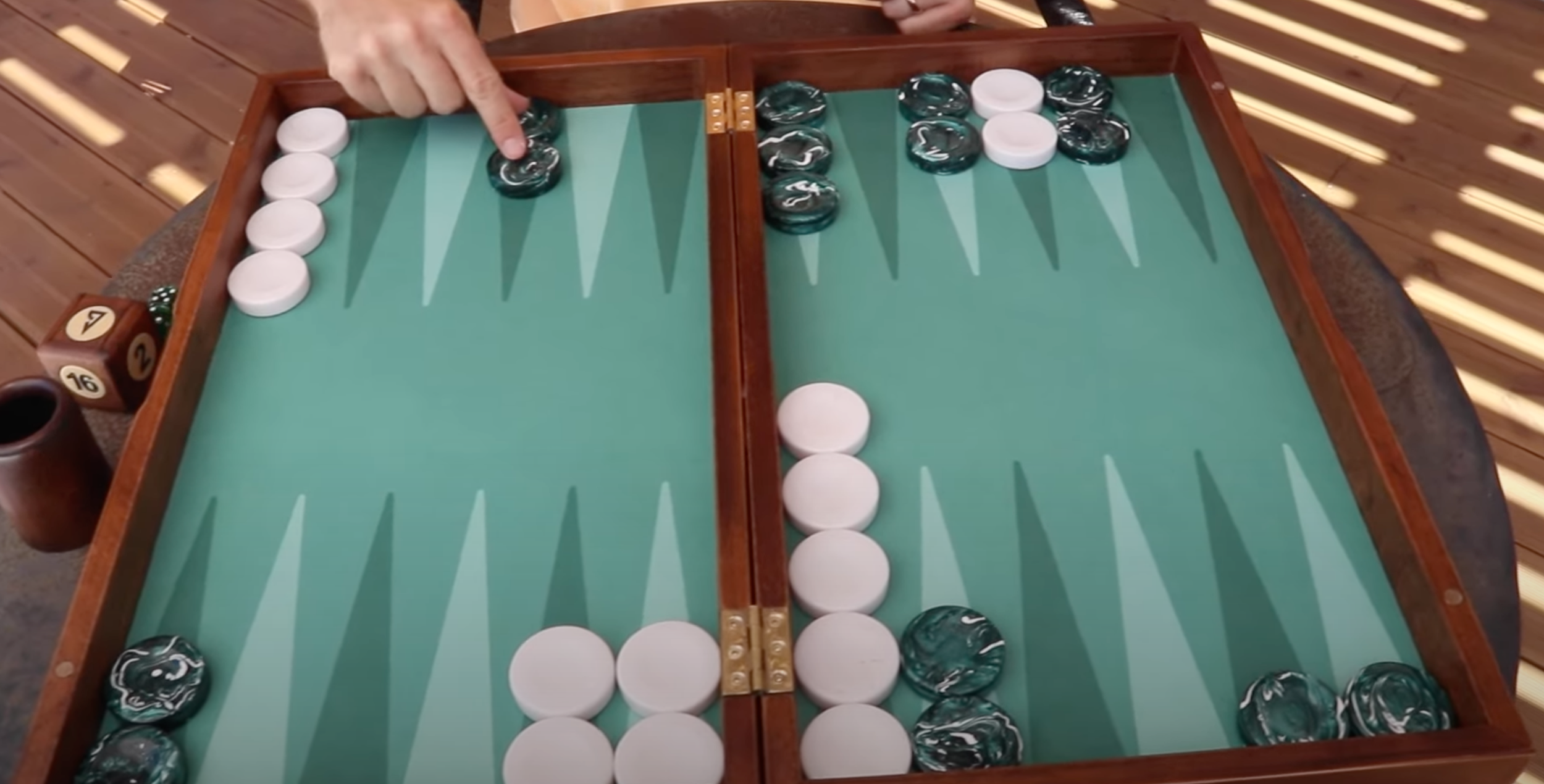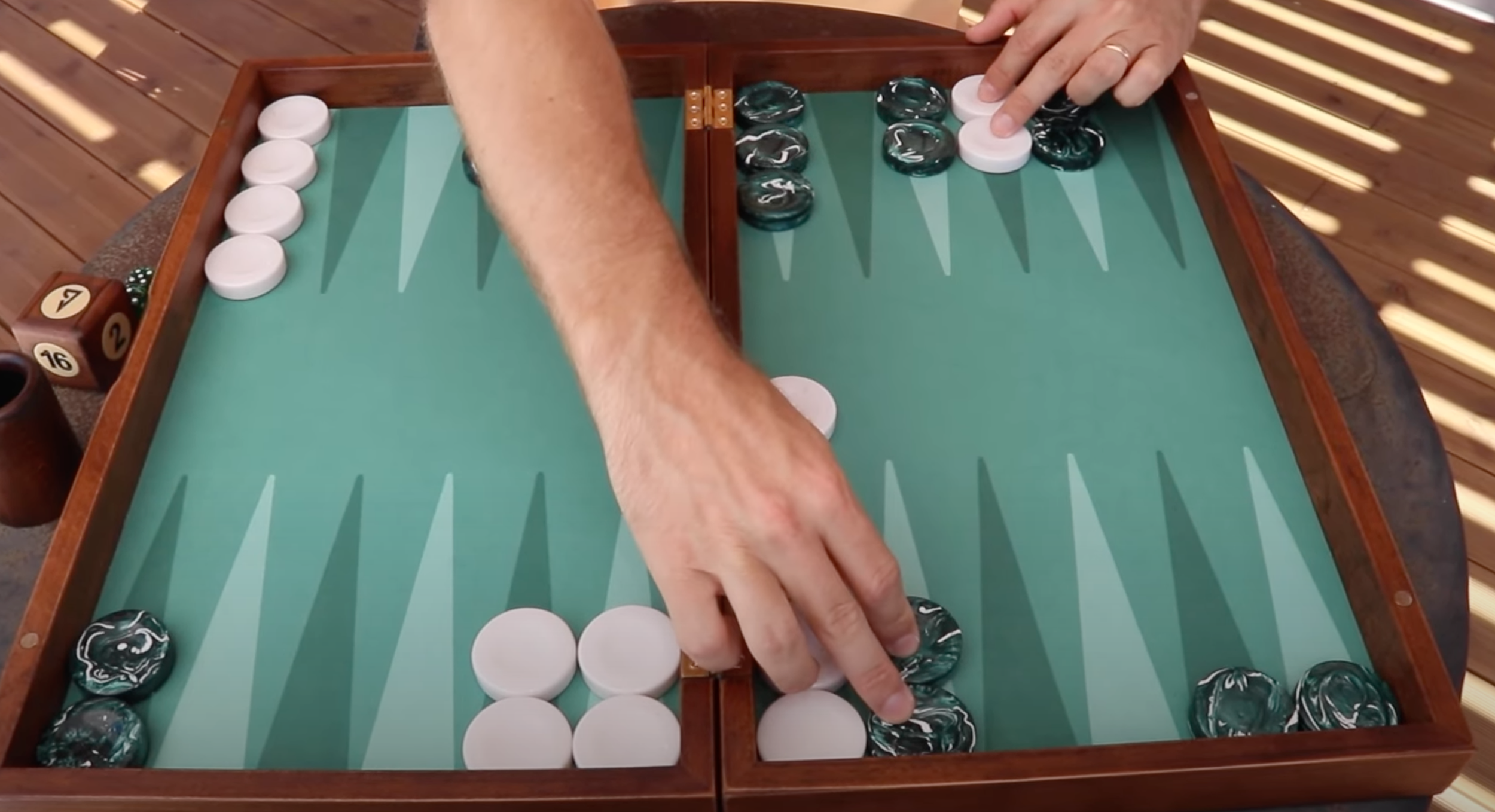Pip Counting Made Easy - The Secret to Fast and Precise Pip Counting
What's up backgammon fans? In this blog post that you are going to read, I'm going to share my technique for counting the pips. Pip counting is actually a difficult topic. It's something that most players don't like to do because it's kind of a fearful thing, and it can be a little bit of a pain in the brain to count the pips. But now I'm going to share what techniques I use, and maybe it'll make your life a little bit easier over the board using some of these techniques.So, what am I doing when I count the pips? Well, I'm mostly interested in the pip difference, instead of the absolute pip count of both players. I ask these questions: What's the difference in pips here? Am I in an even race? Am I down? Am I ahead? I just need that information to determine my strategy over the board. So I have a much faster technique for just counting differences rather than counting the absolute pip count. Here we see the game board. My goal here is to create a position where both my checkers and my opponent’s are perfectly mirrored. For example, in the starting position, we have complete symmetry. The symmetry in the starting positionI have two checkers, my opponent has two checkers, and all the checkers face each other perfectly.Now, consider a scenario like this: It's not entirely symmetrical, but it's almost there. If I mentally move these two checkers back to the sixth point;we achieve symmetry. In this case, I'm two pips ahead because I've essentially shifted those two checkers two pips backward. So, I'm up by two pips in this position. This is the core concept: striving for symmetry.Let's break it down step by step. Look at the back anchors for both players. Suppose I have an anchor here, and my opponent has one on the ace point:To achieve symmetry, I'd need to move my checkers eight pips backward in this area. So, I'm leading by eight pips when it comes to the back checkers.This technique I use gets more intricate with complex board positions. Let's take a more challenging scenario and go through how I'd count the pips.Consider a situation like this: Complex position example for pip countingI'm thinking about whether to double or not. I've established the advanced anchor, secured both golden points, and my opponent is still trapped down here. But my decision depends on the pip count because I should only double if I'm leading in the race. Instead of calculating the absolute pip count for both players (which just takes longer), I focus on the differences.Starting with the back checkers, I work to achieve symmetry. I'm eight pips ahead in this area because these checkers outpace the opponent's. In the front position, I'm two pips ahead because symmetry can be achieved with this move: So that's another two pips, totaling ten pips in my favor. Now, I need to move two pips forward here for symmetry, deducting those from my ten-pip lead, putting me up by eight pips:Moving to this area, I mentally shift these checkers up here, creating symmetry:That's four pips backward, making my lead twelve pips. After counting the pips, I'm confident about doubling because I have an advantage in the priming game and a twelve-pip lead in the race. Although I lack blitz potential, with two out of three and some threats, it's a solid double.So, in this position, I propose a double. Of course, my opponent still has a decision to make, and they might not realize that it's still a takeable position. Therefore, I can say that this method of counting the differences is invaluable, especially when you need a quick assessment of whether you're ahead or behind, and your strategy depends on it. Now, in a more intricate position like this, we've added complexity. It's not as symmetrical as the previous one, but I apply the same technique to count the pip differences.Let's delve into it. First, I aim for symmetry in the front position. What do I do? I mentally shift these two checkers up here. This equates to being eight pips ahead since these checkers lead the others by eight pips. Then I account for these two checkers:They add another six pips to my advantage. So, my total lead now is 14 pips. Then, I need to shift these ones over here:So now i'm up 12 because that's two pips less.Next, I work on symmetry in the outer board, in this quadrant:To achieve this, I need to move these two checkers to the midpoint: Shifting these two here means I gain 10 plus 11 pips, which is 21 pips. I was up 12, minus 21: Now I'm 9 pips down.Now, I focus on symmetry in the last quadrant. Here, I have to move my anchor and these two checkers two pips backward. This costs me four pips. So, from being down by 9 pips, I'm now down by 5 pips. As you can see, this process takes a bit more time in complex positions. You need to keep track of whether you're ahead or behind with different sets of checkers and ensure you're adding or subtracting correctly. But with practice, approximately 20 or 30 attempts, it becomes easier. After 100 or 200 times, you'll likely become an expert at counting pip differences.I hope you found these techniques useful and can apply them during your games. Don't forget to practice a bit on your own. Try it out 10-20 times, and you'll get the hang of it!You can click here to watch the full video!



















